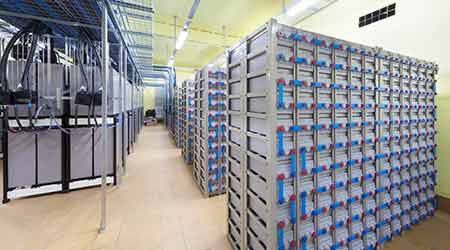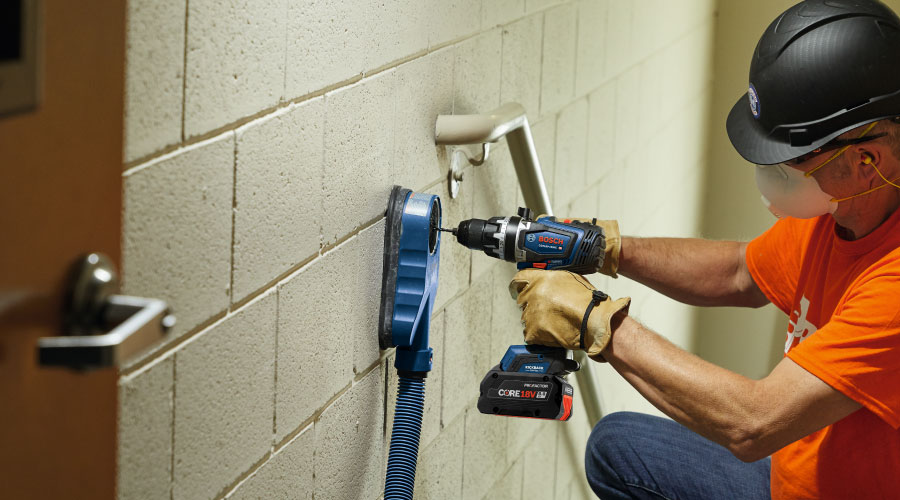Level 2: N+1 Provides Equipment Redundancy
N+1 provides stand-by power systems equipment redundancy to maintain power to a load in the event that a single piece of equipment fails.
An N+1 system, or “need plus one,” provides equipment — but not system — redundancy. The quantity of stand-by power systems installed is equal to the quantity of equipment needed to serve the load, plus one additional piece of equipment. For example, to provide N+1 redundancy for up to a 300kW load, a facility might install two paralleled 300kW UPS modules or three 150kW UPS modules. If one UPS module goes down, the load will still be supported by the remaining module or modules.
Whereas N provides a base level of stand-by power, N+1 offers insurance in the event a single piece of stand-by power systems equipment fails. In this deployment, the distribution architecture mimics an N system but includes, for example, an additional generator, UPS module or modules, and IT cooling equipment. If a UPS outage would affect the ability to conduct business, the organization will want to consider N+1 reliability for the UPS.
Note that when IT equipment gets too hot, it will start shutting down. N+1 on UPS modules will be of limited help if the space isn’t also N+1 on cooling, since a failure of the single cooling unit could take out the IT system.
Pros: N+1 provides stand-by power systems equipment redundancy to maintain power to a load in the event that a single piece of equipment (for example, a UPS, ATS, or generator) fails. This level of redundancy provides concurrent maintainability of stand-by power systems equipment, and lowers the potential for single points of failure. It’s worth noting that, with the exception of the generators themselves, stand-by power systems equipment is typically live even when utility power is flowing. As a result, there is a chance that equipment installed to help maintain loads in the event of a utility outage could actually cause an outage if it were to fail while it is operating on utility power. Having redundancy in stand-by power systems equipment can enable an organization to remain operational if an individual piece of that equipment fails while operating on utility power.
Cons: An N+1 system increases installation and maintenance costs as well as the footprint required. N+1 does not allow for concurrent maintainability of shared distribution system components (panels, circuit breakers, feeders, etc.). “Shared” in this sense means a single component of the distribution system that is used to serve redundant stand-by power system equipment.
Related Topics:

















